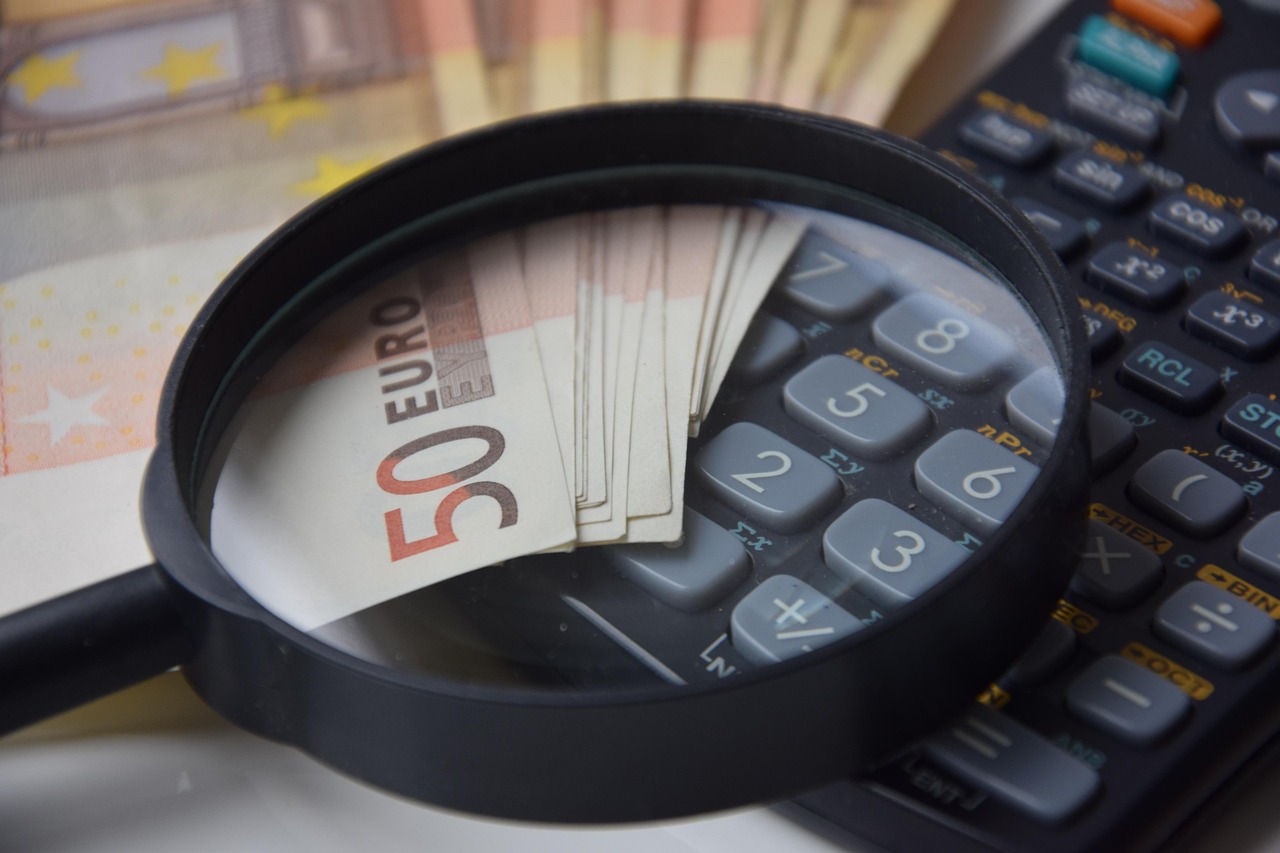Discover practical and proven strategies on how to save money consistently—no matter your income level. Learn habits that truly stick in everyday life.
How to Save Money Consistently: Habits That Actually Stick
We’ve all been there—excited to start saving, only to watch our wallets empty faster than expected. The truth is, saving money isn’t just about cutting expenses; it’s about creating sustainable habits that support your financial goals long term.
Whether you’re living paycheck to paycheck, planning for a big purchase, or trying to build an emergency fund, learning how to save money in a consistent and manageable way is a game-changer.
In this blog, we’ll explore realistic saving techniques you can stick to—without depriving yourself.
1. Set a Clear and Meaningful Goal
Saving without a goal is like driving without a destination. When you know why you’re saving, it becomes easier to stay motivated.
Here are a few examples of meaningful goals:
-
Emergency fund (₱50,000–₱100,000)
-
Travel or vacation fund
-
Down payment for a house
-
Retirement savings
-
Starting capital for a small business
Assign a target amount and a deadline. For example: “I want to save ₱20,000 in 6 months for my birthday trip.”
Once the goal feels real, every saved peso has a purpose.
2. Use the 24-Hour Rule for Spending
One of the simplest ways to save money is to avoid impulsive purchases. The 24-hour rule means waiting a full day before buying anything that isn’t essential.
More often than not, the urge to buy fades. You’ll realize that the item wasn’t necessary—or that the money could be better used elsewhere.
Try applying this to online shopping, especially during flash sales or payday promos.
3. Automate Your Savings
The best way to save? Don’t rely on willpower—make it automatic.
Here’s how:
-
Set up automatic transfers from your payroll account to a separate savings account
-
Use tools like GSave, Maya Savings, or CoinsPH Vaults
-
Treat savings like a bill—non-negotiable
Even ₱500 or ₱1,000 a payday adds up over time. What matters is consistency.
4. Track Your Spending (Even the Small Stuff)
You can’t save what you can’t see. For one week, track everything—yes, even that ₱80 milk tea.
Use apps like:
-
Wallet
-
Money Manager
-
GCash’s built-in expense tracker
After a few days, you’ll spot spending patterns. That’s when you can make informed changes—like preparing lunch instead of eating out daily.
Small leaks sink big ships. Plugging those leaks gives you more money to save.
5. Embrace the “Pay Yourself First” Method
Before you pay bills, before you go shopping—pay yourself first. This means saving a portion of your income the moment it comes in.
Try saving at least 10% to 20% of your monthly income, if possible. If not, start with 5% and increase over time.
This flips the usual formula from “Income – Expenses = Savings” to
“Income – Savings = Expenses.”
That mindset shift alone can change everything.
6. Challenge Yourself with No-Spend Days or Weeks
Create a game around saving. Designate one or two days a week as “no-spend days”—where you don’t spend any money unless absolutely necessary.
Feeling bold? Try a no-spend weekend or a themed challenge like:
-
No takeout for a week
-
₱50 meal plan for 5 days
-
Only using cash for one month
Not only do you save, but you become more mindful of your habits.
7. Review and Adjust Monthly
Every month, set aside 15–30 minutes to:
-
Review how much you saved
-
See where you overspent
-
Adjust next month’s plan
You’ll feel more in control and stay aligned with your goals. Financial progress is rarely a straight line, but consistency beats perfection.
8. Celebrate Small Wins
Saved ₱1,000 this month? Amazing! Paid off a small debt? That’s worth celebrating.
Reward yourself in small, budget-friendly ways—a home spa day, a cheap favorite meal, or a guilt-free movie night. Celebrating builds positive associations with saving.
Final Thoughts
Learning how to save money doesn’t mean giving up joy or comfort. It’s about building habits that reflect your values and goals.
Start small. Be patient. And remember: every peso saved brings you closer to financial freedom. What matters isn’t how much you save, but how often—and how intentionally—you do it.


No responses yet